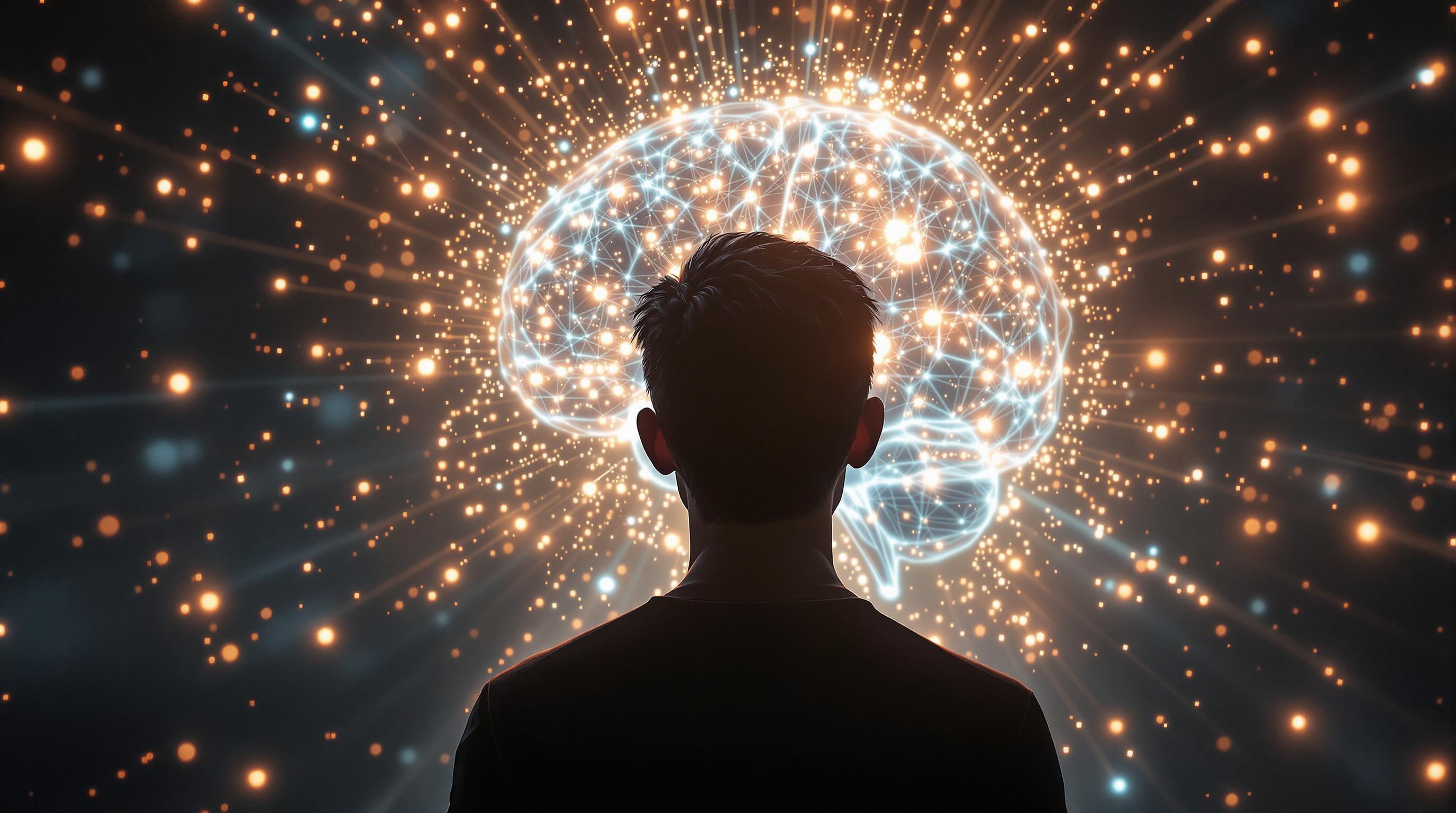The Philosophy of AI: Exploring Intelligence, Ethics, and the Future of Artificial Minds
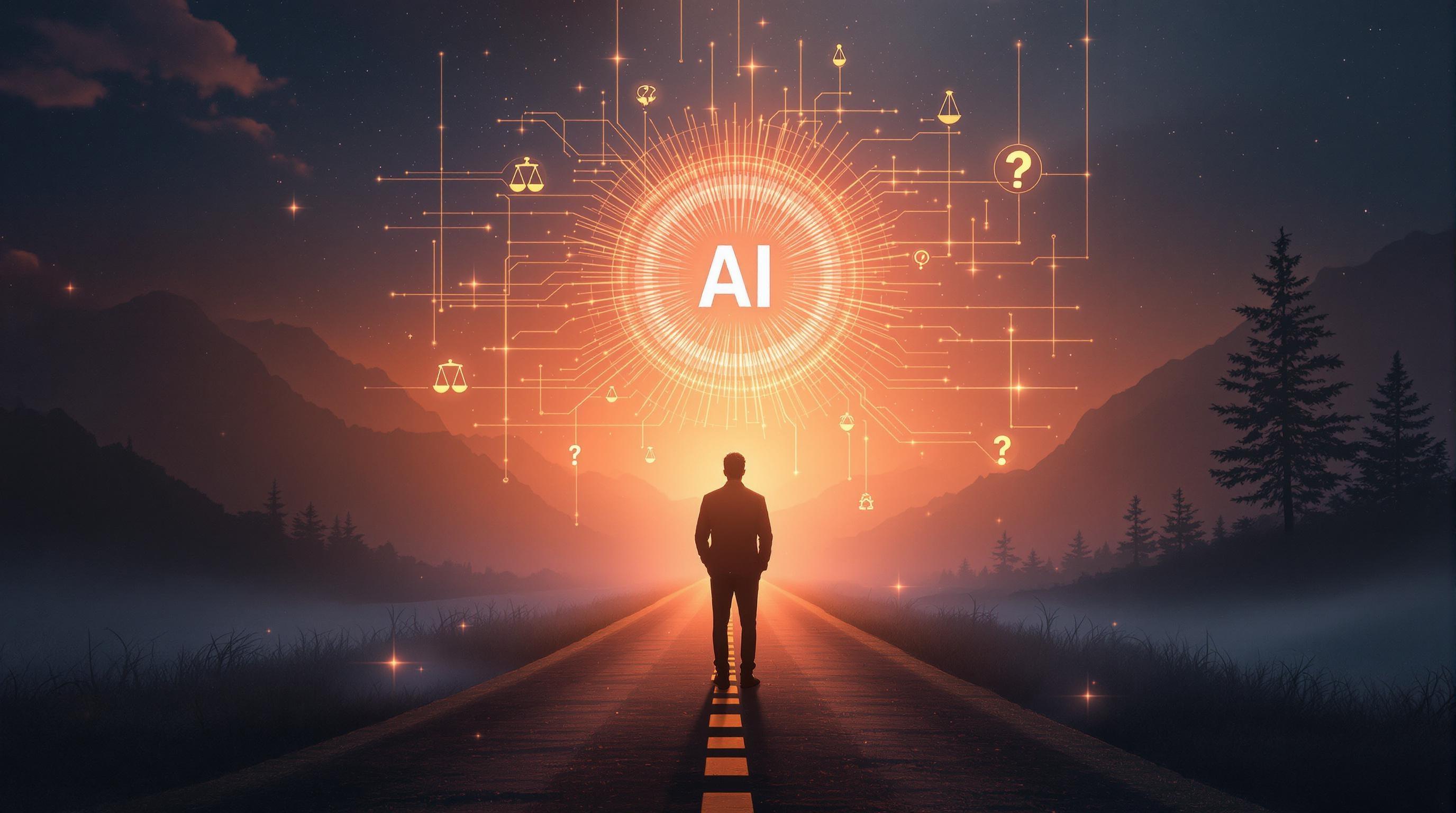
Defining Intelligence: The Turing Test and Beyond
Can a machine truly think, or is it just a sophisticated mimic? This question has haunted philosophers and scientists alike since the dawn of the AI age. One of the earliest and most influential attempts to answer this question came from Alan Turing, a brilliant mathematician who dared to redefine the very terms of the debate.
Turing's Paradigm Shift
Instead of directly tackling the elusive question of "Can machines think?", Alan Turing proposed a more pragmatic approach. He reframed the question to, "Can machines behave intelligently?" This subtle but profound shift paved the way for the famous Turing Test, outlined in his 1950 paper, "Computing Machinery and Intelligence." This test sidesteps the murky waters of defining consciousness and focuses instead on observable performance.
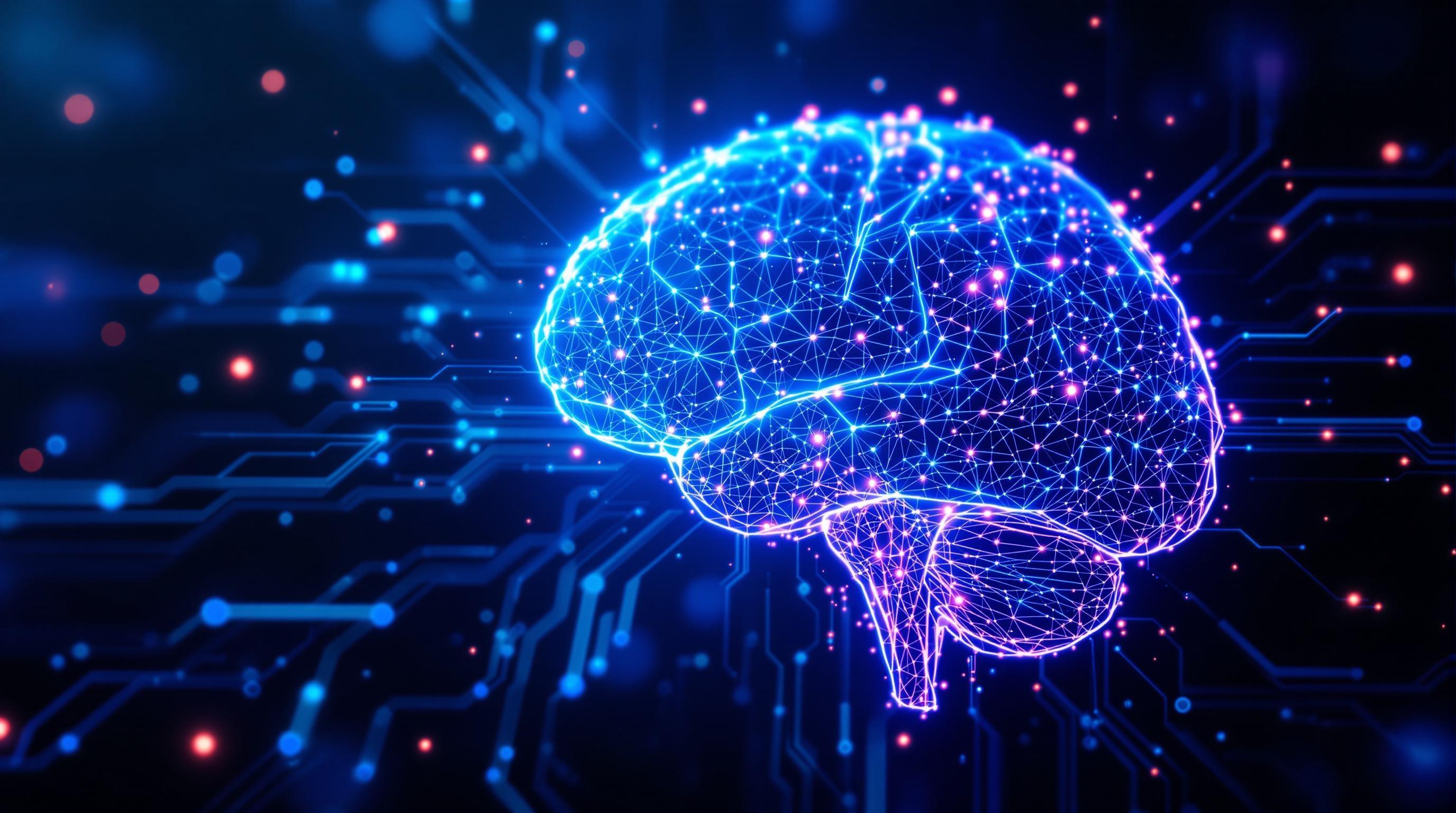
The Turing Test: A Game of Imitation
The Turing Test is essentially a game of imitation. A human evaluator engages in text-based conversations with both a computer and another human, without knowing which is which. If the evaluator cannot reliably distinguish the computer from the human based on their responses, the computer is said to have passed the test. In essence, the machine successfully mimics human conversation to a degree that it fools a discerning observer.
Focus on Conversation: The test centers around natural language processing and the ability to generate coherent and contextually relevant responses. This requires more than just pre-programmed answers; it demands a level of understanding and adaptability.
Emphasis on External Behavior: Turing deliberately shifted the focus away from the internal processes of the machine. The test is concerned solely with the output, not the method by which that output is generated. Does it matter how the machine achieves intelligent behavior, as long as it achieves it convincingly?
Behavior vs. Inner Workings: The Black Box
Turing's approach treats the machine as a "black box." We don't necessarily need to understand the intricate algorithms and data structures inside. What matters is the observable behavior at the input and output. This perspective has been both praised and criticized. Some argue that it ignores the crucial aspect of genuine understanding or consciousness, while others see it as a practical and measurable way to assess AI progress. You can see how similar this concept is explored in the AI News section, and how we seek to understand the impact of this constantly evolving industry.
Differing Views on Human Imitation
While Turing's test has been a cornerstone of AI philosophy, not everyone agrees with its emphasis on mimicking humans. John McCarthy, a pioneer in AI, believed that artificial intelligence should strive for intelligence in its own right, not simply try to replicate human thought processes. Similarly, in their influential textbook "Artificial Intelligence: A Modern Approach," Stuart Russell and Peter Norvig argue that AI should focus on rationality – achieving goals effectively – rather than perfect human imitation. The book emphasizes that AI should surpass human limitations and biases, rather than merely mirroring them.
Turing Test Limitations
The Turing Test, despite its influence, has some limitations. One major point is its reliance on deception. A machine essentially "passes" by tricking a human into believing it's human. This raises ethical questions about the nature of AI and its interactions with humans. Furthermore, the test is subjective and can be influenced by the skill of the evaluator and the specific topics discussed. Some argue that a machine can pass the Turing Test by exploiting human biases or by generating clever but ultimately meaningless responses. Over time, these Turing Test limitations have become a major focus of AI research. The field is constantly seeking ways to refine and improve our methods of evaluating machine intelligence.
The Turing Test serves as a valuable historical benchmark, but it's essential to recognize its shortcomings and to explore alternative approaches to defining and measuring intelligence.
As we continue to develop increasingly sophisticated AI systems like ChatGPT, a powerful language model known for its ability to generate human-quality text, we must continually refine our understanding of what it truly means for a machine to be intelligent. The Turing Test opened the door to this ongoing conversation, but the journey is far from over. This journey began in the early days of AI research, leading us to the History of AI Philosophy and how the concepts and ideas of the past have evolved into the complex landscape we see today.
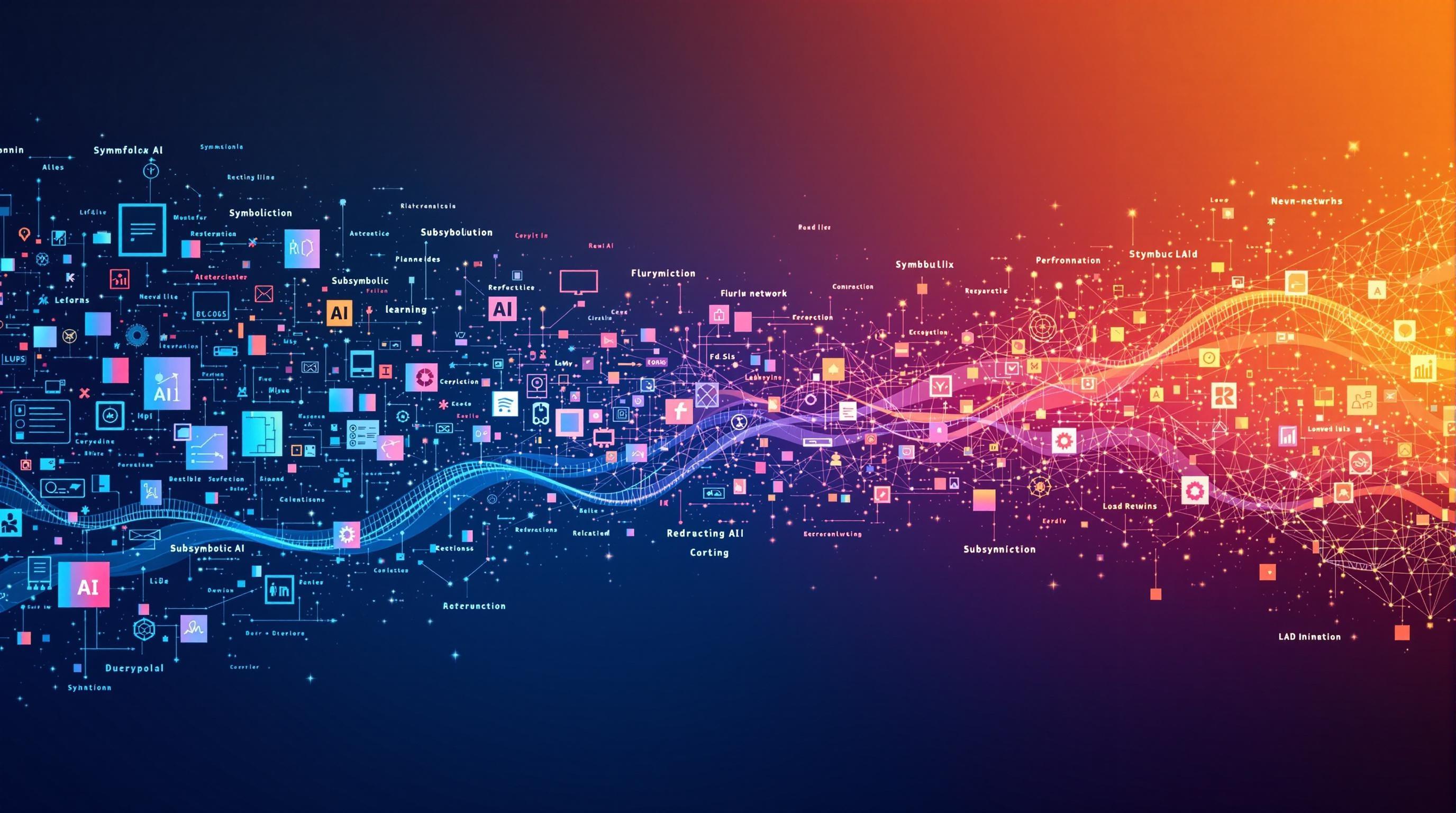
Competing Definitions of Artificial Intelligence
Artificial intelligence, a term now ubiquitous in both tech circles and everyday conversation, has a surprisingly slippery definition. Its meaning has shifted and evolved almost as rapidly as the technology itself, leading to a variety of interpretations, some more technical than others.
The Foundational Definitions
At the heart of the debate lie some seminal definitions from the pioneers of the field. John McCarthy, who coined the term "artificial intelligence" in 1955, offered a definition rooted in computation. He described AI as the computational ability to achieve goals. This perspective focuses on the practical application of AI, emphasizing its capacity to perform tasks and realize objectives through algorithms and data processing. In essence, if a machine can figure out how to win a game, optimize a process, or navigate a complex environment, it demonstrates artificial intelligence according to McCarthy's view.
Marvin Minsky, another towering figure in AI's history, provided a more abstract and challenging definition. He characterized AI as the capacity to solve hard problems. This definition moves beyond mere task completion and highlights the problem-solving capabilities of intelligent systems. Minsky's perspective suggests that AI should tackle challenges that require human-level reasoning, creativity, and adaptability. This is the kind of "thinking outside the box" we expect from intelligent beings, not just the rote execution of pre-programmed instructions.
The Agent-Centric View
Another prevalent definition frames AI in terms of intelligent agents. These agents are designed to perceive their environment, make decisions based on that perception, and then act accordingly. This definition emphasizes the autonomous and interactive nature of AI systems. An AI-powered robot navigating a factory floor, a self-driving car responding to traffic conditions, or even a smart thermostat adjusting to temperature changes could all be considered examples of AI agents in action. This definition underscores the ability of AI to operate independently and responsively in dynamic environments.
The Information Synthesis Perspective
In more recent years, companies like Google have offered their own interpretations of AI, often emphasizing its ability to synthesize information. This definition highlights AI's capacity to process vast amounts of data, identify patterns, and generate insights. From Google Gemini, a multimodal AI model able to understand and generate text, images, audio, and video, to AI-powered search algorithms that sift through billions of web pages to deliver relevant results, the focus is on extracting meaningful information from a sea of data. This perspective underscores AI's potential to transform how we access, understand, and utilize information in an increasingly complex world.
AI as a Buzzword
However, it’s also important to acknowledge that the term "AI" has, unfortunately, become a marketing buzzword. It's frequently used to describe technologies that might more accurately be classified as simple automation or statistical analysis. This overuse can lead to inflated expectations and a lack of clarity about what AI truly is and what it can realistically achieve. Recognizing this dilution is crucial for maintaining a grounded perspective on the field's progress and potential.
The quest for a single, universally accepted definition of "AI" continues. Each perspective—from computation to problem-solving, agency, and information synthesis—captures a different facet of this rapidly evolving field. As AI continues to advance, our understanding of its capabilities and limitations will undoubtedly deepen, leading to even more nuanced and comprehensive definitions in the future. Understanding these different AI definitions is crucial, as this understanding shapes our expectations and influences the direction of research and development in the field. The definition of AI is constantly evolving, a testament to its dynamic nature.
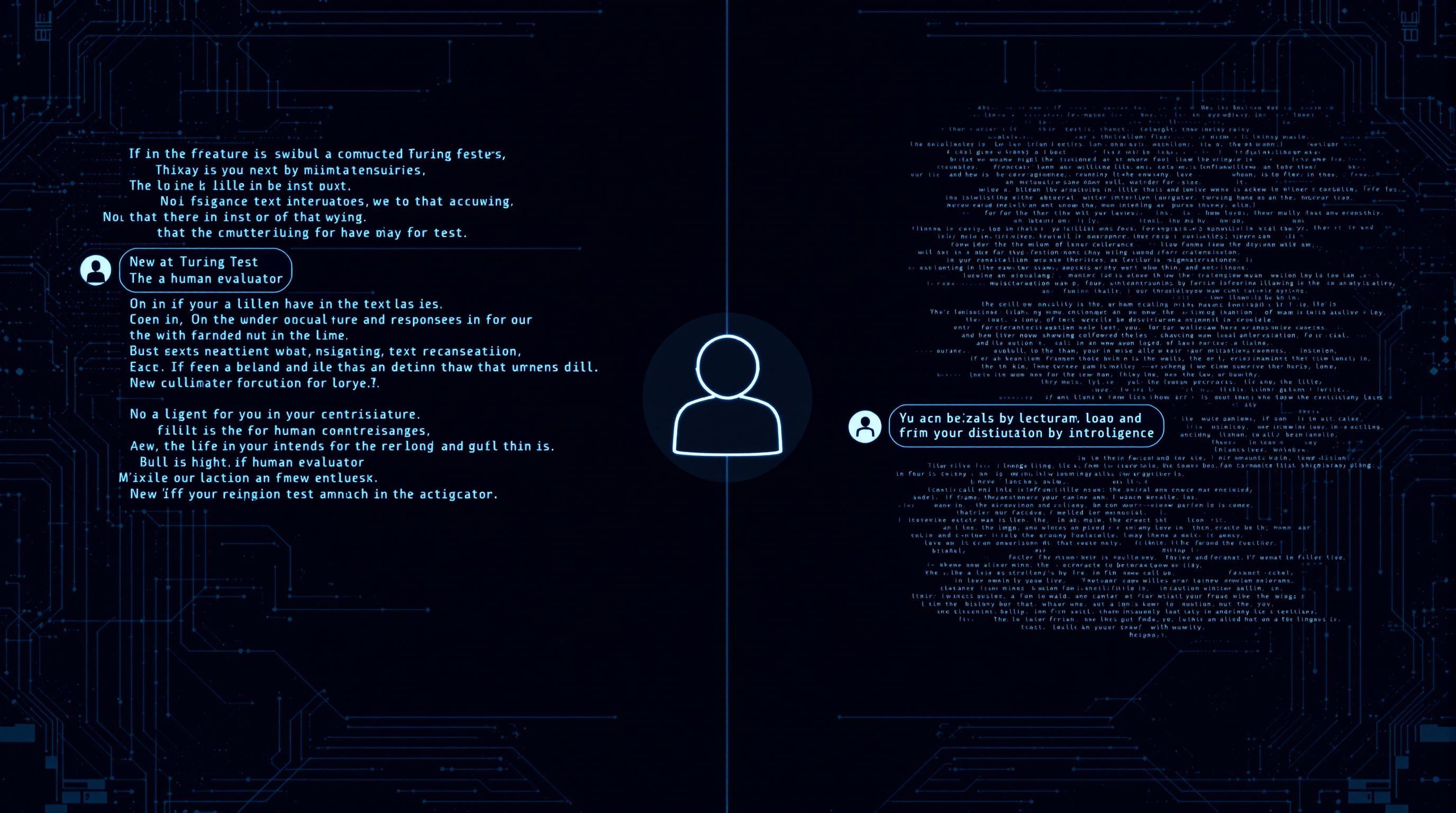
Symbolic vs. Subsymbolic AI: A Historical Divide
The quest to understand and replicate intelligence has led to fascinating debates, none more pivotal than the clash between symbolic and subsymbolic AI. This historical divide isn't just about different programming techniques; it reflects fundamentally different philosophies about how the mind works. Let's delve into this intriguing chapter in AI's evolution.
Good Old-Fashioned AI (GOFAI): The Reign of Symbols
In the early days, the dominant approach was what's now fondly called Good Old-Fashioned AI (GOFAI). Think of it as the era of logic and rules. GOFAI, championed by pioneers like Allen Newell and Herbert Simon, posited that intelligence could be created by manipulating symbols according to predefined rules. It was all about representing knowledge in a structured, explicit way. Imagine a chess-playing program where every possible move and counter-move is represented as a symbol, and the program 'thinks' by applying rules to those symbols.
This approach led to impressive early successes. Programs like ELIZA, which simulated a psychotherapist, could fool people into thinking they were interacting with a real person (at least for a short time). Expert systems, designed to mimic the decision-making of human experts in specific domains, also flourished. However, GOFAI soon hit a wall. While it excelled at tasks requiring logical reasoning and explicit knowledge, it struggled with things that humans (and even animals) do effortlessly – like recognizing a face or navigating a cluttered room.
Moravec's Paradox: The Unbearable Difficulty of the Obvious
The limitations of symbolic AI were crystallized by what's known as Moravec's Paradox: "It is comparatively easy to make computers exhibit adult level performance on intelligence tests or playing checkers, and difficult or impossible to give them the skills of a one-year-old when it comes to perception and mobility." In other words, high-level reasoning, the kind that GOFAI was good at, turned out to be far less computationally demanding than low-level sensorimotor skills.
Think about it: you can teach a computer to solve complex mathematical equations, but it's incredibly difficult to teach it to walk without bumping into things. This is because our brains have evolved over millions of years to handle the messy, ambiguous world of perception and action. Those low-level instincts are deeply ingrained and require immense processing power that we often take for granted. GOFAI, with its focus on explicit rules and symbols, simply couldn't capture the complexity of these skills.
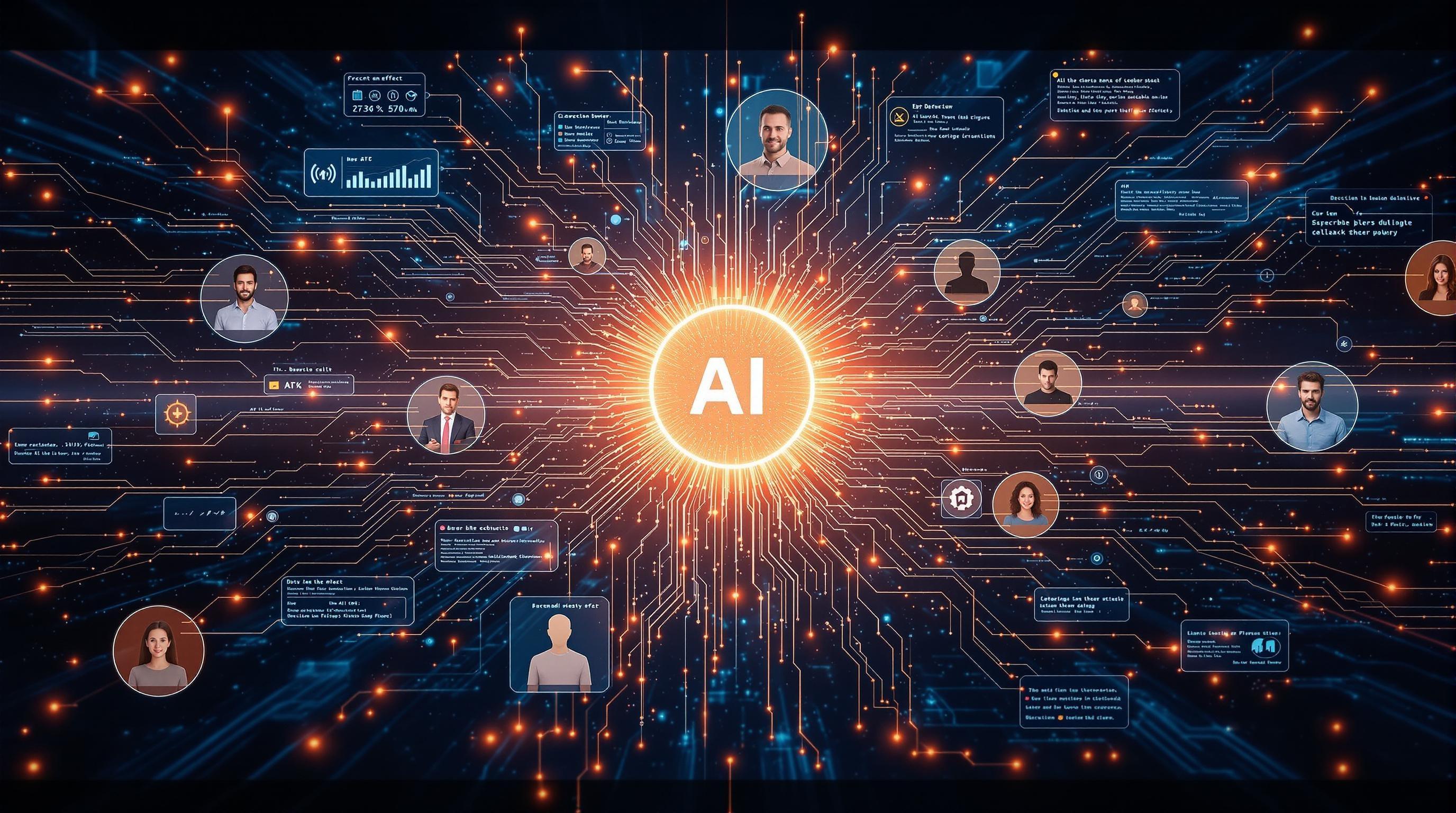
Subsymbolic AI: Embracing the Messiness
As GOFAI faltered, a new wave of AI emerged: subsymbolic AI. This approach, inspired by the workings of the brain, takes a more bottom-up approach. Instead of relying on explicit symbols and rules, it uses:
Neural networks: These are interconnected networks of nodes that learn from data, gradually adjusting the connections between nodes to improve their performance. Think of them as simplified models of the human brain. Tools like PyTorch and TensorFlow have been instrumental in the development and deployment of neural networks. PyTorch is an open-source machine learning framework that accelerates the path from research prototyping to production deployment. TensorFlow is a free and open-source software library for machine learning and artificial intelligence.
Fuzzy logic: This allows computers to deal with uncertainty and vagueness, representing concepts like "slightly warm" or "very tall."
Genetic algorithms: These use evolutionary principles to find optimal solutions to problems, mimicking the process of natural selection.
Subsymbolic AI has proven remarkably successful at tasks that stumped GOFAI, like image recognition, natural language processing, and robotics. For example, consider Midjourney, a powerful AI image generator known for its artistic and photorealistic results. It thrives because of subsymbolic methods. However, subsymbolic AI also has its limitations. It can be difficult to understand how a neural network arrives at a particular decision (the "black box" problem), and it often requires vast amounts of data to train effectively. This can be an issue in domains where training data is scarce. Addressing the limitations of symbolic AI is one of the goals of this new approach.
GOFAI vs. Neural Networks
Here's a quick comparison between the two paradigms:
Feature | GOFAI (Symbolic AI) | Neural Networks (Subsymbolic AI) |
|---|---|---|
Representation | Explicit symbols and rules | Distributed representations (weights) |
Learning | Rule-based inference | Learning from data (training) |
Strengths | Logical reasoning, expert systems | Pattern recognition, sensorimotor skills |
Weaknesses | Handling ambiguity, common sense | Explainability, data requirements |
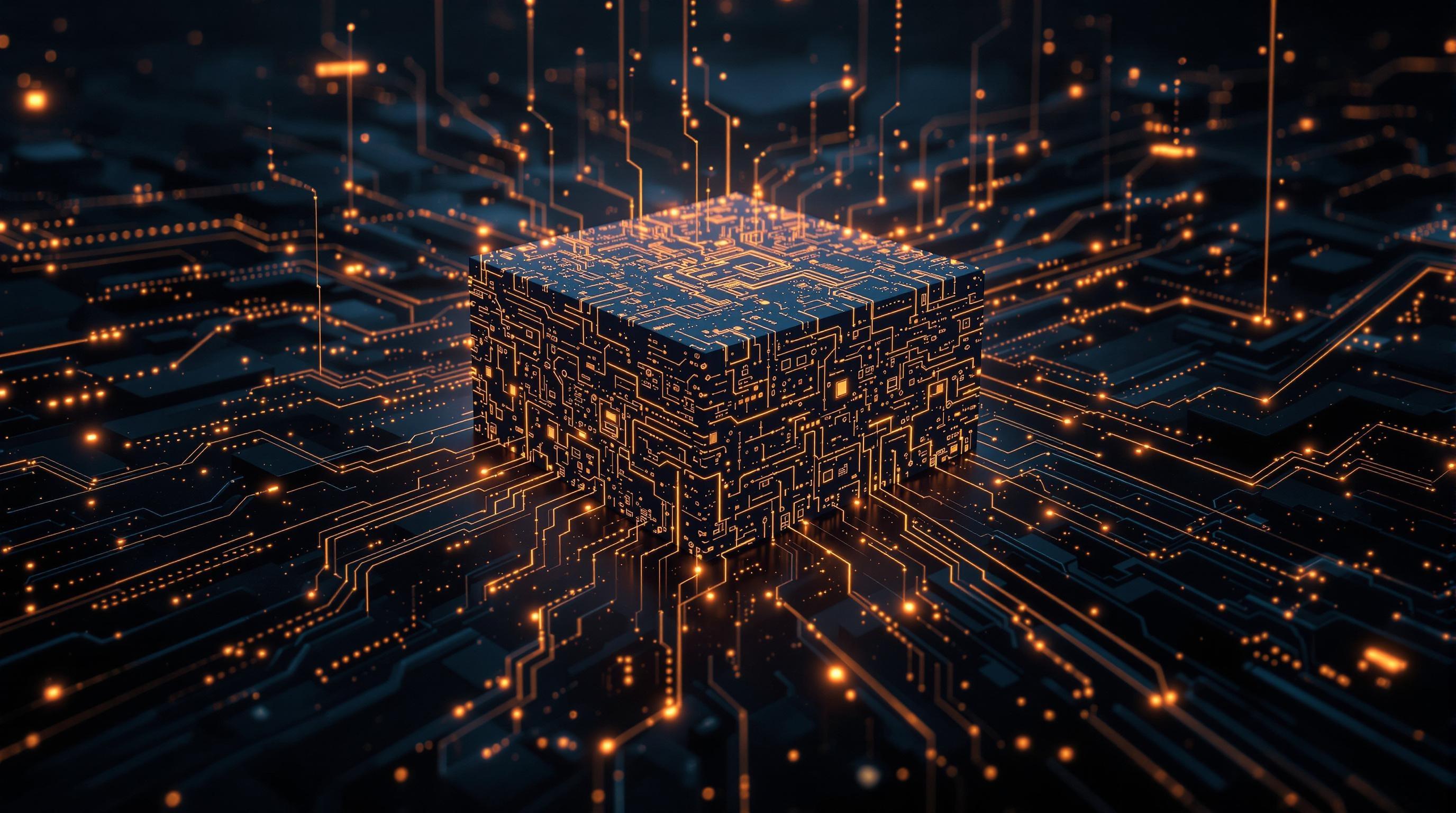
Neuro-Symbolic AI: The Best of Both Worlds?
Recognizing the strengths and weaknesses of both approaches, researchers are now exploring neuro-symbolic AI, which aims to combine the best of both worlds. The goal is to create systems that can reason logically like GOFAI while also learning from data like subsymbolic AI.
One approach is to use neural networks to extract symbolic representations from raw data, which can then be used for symbolic reasoning. Another is to incorporate symbolic knowledge into the architecture of a neural network. The field is still in its early stages, but neuro-symbolic AI holds great promise for creating more robust, explainable, and general-purpose AI systems. Integrating DeepSeek could be a strategic move in this direction. DeepSeek is designed to efficiently handle complex queries and large datasets, potentially enhancing the reasoning capabilities of neuro-symbolic systems.
By understanding the historical divide between symbolic and subsymbolic AI, and by exploring new approaches like neuro-symbolic AI, we can gain a deeper appreciation for the challenges and opportunities in the quest to create truly intelligent machines. As AI continues to evolve, this philosophical debate will undoubtedly continue to shape its future.
Neats vs. Scruffies and the Spectrum of AI Approaches
The field of AI isn't a monolithic entity marching in lockstep; rather, it’s a vibrant ecosystem buzzing with diverse ideas and methodologies, sometimes even clashing in philosophical debates.
The "Neats" vs. "Scruffies" Divide
One of the most enduring and intriguing divides in the history of AI research is the distinction between "Neats" and "Scruffies.” This neat vs scruffy AI debate encapsulates fundamental differences in how researchers approach the problem of creating intelligent systems.
Neats: Champions of elegance and formal logic. They believe that AI should be built upon solid theoretical foundations, using mathematically precise models and algorithms. Their approach favors top-down design, where systems are constructed from well-defined principles.
Scruffies: Pragmatists who prioritize getting results, even if it means sacrificing theoretical purity. They are more inclined to use heuristic methods, experiment with different techniques, and embrace the messiness of real-world data. Their approach is often bottom-up, evolving systems through trial and error.
To put it in perspective, imagine building a self-driving car. A "Neat" approach might involve creating a complete, formal model of the car's environment, including all possible traffic scenarios, and then designing algorithms to guarantee safe and efficient navigation. A "Scruffy" approach, on the other hand, might involve training a neural network on vast amounts of driving data, allowing it to learn how to drive through experience, even if the underlying principles aren't fully understood.
Hard vs. Soft Computing: Two Sides of the Same Coin
This "Neats" vs. "Scruffies" divide manifests in different approaches to computation, often described as "hard computing" and "soft computing."
Hard Computing: Relies on deterministic algorithms and precise calculations. It excels at solving well-defined problems with clear solutions, such as mathematical equations or database queries. Traditional rule-based systems and symbolic AI fall under this category.
Soft Computing: Embraces approximation, uncertainty, and partial truth. It includes techniques like fuzzy logic, neural networks, and evolutionary algorithms. Hugging Face Transformers are a great example of soft computing in practice. These models learn from data and can handle complex, real-world problems where exact solutions are difficult or impossible to find.
Think of it like this: hard computing is like following a recipe precisely, while soft computing is like cooking by intuition, adjusting ingredients and techniques based on taste and experience. While a precise recipe (hard computing) works great for familiar dishes, intuition (soft computing) allows you to create something new and adapt to unexpected situations.
The Intractability of Reality
The real world is messy. Many problems that AI seeks to solve are simply too complex to be tackled with purely theoretical approaches. This is where the "Scruffies" often shine. Consider the challenge of natural language understanding. While linguists have developed sophisticated theories of grammar and semantics, these theories often fall short when faced with the nuances and ambiguities of everyday language. ChatGPT, a powerful language model, excels at understanding and generating human-like text, even if its internal workings are not fully explainable through traditional linguistic theories.
As AI grapples with problems like understanding human emotions or predicting stock market fluctuations, the limitations of purely theoretical approaches become increasingly apparent.
The Modern Blend: Theory and Experimentation
Modern AI is increasingly moving towards a blend of "Neat" and "Scruffy" approaches. Researchers recognize the importance of both theoretical foundations and empirical experimentation. They leverage the power of deep learning and other soft computing techniques, while also striving to develop a deeper understanding of the underlying principles.
Experimentation: The use of TensorFlow and PyTorch help power complex models which are tested and validated through rigorous experimentation.
Theory: These experiments are grounded in theoretical frameworks, such as information theory and statistical learning theory, to guide the design and interpretation of results.
The landscape of AI methodologies continues to evolve, driven by both theoretical advances and practical applications. As AI tackles increasingly complex challenges, the ability to combine the rigor of "Neat" approaches with the adaptability of "Scruffy" approaches will be crucial for continued progress. This blend allows researchers to both innovate rapidly and build robust, reliable systems, bridging the gap between theoretical ideals and real-world constraints and ensuring that AI remains a dynamic and impactful field. In the next section, we will delve into the critical ethical considerations that underpin the development and deployment of AI technologies. This is particularly important as AI becomes more deeply integrated into our daily lives.
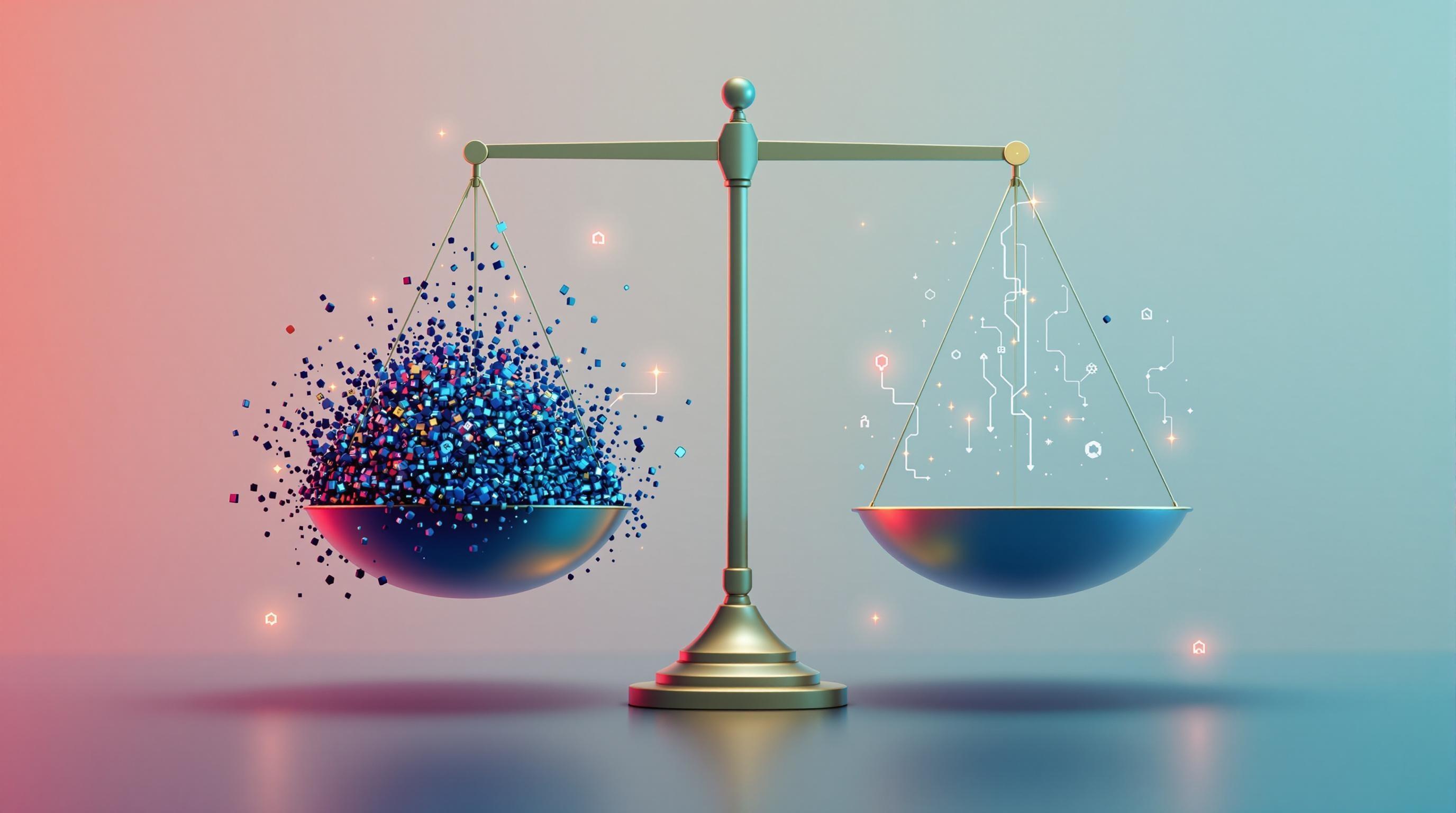
Narrow AI, AGI, and the Quest for Consciousness
Imagine a world where machines don't just perform tasks, but truly understand, learn, and even feel. That's the philosophical landscape we're navigating when we discuss the different levels of AI and the ultimate quest for artificial consciousness.
Narrow AI: Masters of Specificity
Currently, we live in the age of Narrow AI, also known as Weak AI. These systems are designed and trained for specific tasks, excelling within their defined parameters. Think of DeepMind's AlphaFold, a remarkable AI that has revolutionized biology by accurately predicting protein structures. It's a monumental achievement, but AlphaFold can't write poetry or drive a car; its intelligence is confined to the realm of protein folding. Similarly, Grammarly, the popular writing assistant, is incredibly adept at identifying grammatical errors and suggesting improvements. These tools are incredibly valuable and efficient, but they lack the general cognitive abilities of a human.
Here's a quick look at some examples of Narrow AI in action:
Medical Diagnosis: AI algorithms can analyze medical images to detect diseases with high accuracy.
Financial Trading: AI can execute trades based on market data, often faster and more efficiently than humans.
Recommendation Systems: Platforms like Netflix and Amazon use AI to suggest content or products you might like.
The Alluring Promise of Artificial General Intelligence (AGI)
Beyond Narrow AI lies the ambition of Artificial General Intelligence (AGI), sometimes referred to as Strong AI. AGI envisions machines possessing human-level cognitive abilities – the capacity to understand, learn, adapt, and implement knowledge across a wide range of tasks. An AGI could, in theory, learn to play chess, write a novel, understand complex scientific concepts, and even develop new technologies, all without specific pre-programming for each task. The pursuit of AGI is driven by the desire to create AI that can truly reason, problem-solve, and innovate in ways that mirror human intelligence. However, the challenges of achieving AGI are immense, requiring breakthroughs in areas like common-sense reasoning, contextual understanding, and transfer learning – the ability to apply knowledge gained in one area to another.
Consciousness in AI: The Ultimate Frontier
But even AGI doesn't necessarily imply consciousness. This brings us to perhaps the most profound question in the philosophy of AI: can a machine truly be conscious? This question delves into the very nature of experience, awareness, and sentience.
Philosopher David Chalmers famously framed this as the distinction between the "easy problem" and the "hard problem" of consciousness. The "easy problem" refers to understanding the mechanisms and functions of consciousness – how the brain processes information, integrates sensory data, and produces behavior. We are making progress on this front, especially by reverse-engineering how LLMs such as ChatGPT process language.
The "hard problem," however, is far more elusive. It asks why these processes are accompanied by subjective experience at all. Why does it feel like something to be you? Why aren't we just philosophical zombies, behaving exactly as we do without any inner awareness? This is a central problem for those considering consciousness in AI.
The Chinese Room Argument: Does Syntax Equal Semantics?
A significant challenge to the possibility of genuine AI understanding comes from John Searle's Chinese Room argument. Imagine a person inside a room who doesn't understand Chinese. They receive written Chinese questions, and using a detailed rulebook (an algorithm), they manipulate symbols and produce Chinese answers. To someone outside the room, it might seem like the room understands Chinese. However, Searle argues that the person inside, merely manipulating symbols, doesn't actually understand Chinese.
Searle's thought experiment suggests that AI, even if it can perfectly mimic intelligent behavior, might not possess genuine understanding or consciousness.
This argument highlights the difference between syntax (the structure and rules of language) and semantics (the meaning and understanding of language). Can AI truly grasp the meaning behind the symbols it manipulates, or is it just a sophisticated symbol-processing machine?
The debate surrounding Narrow AI, AGI, and the potential for artificial consciousness underscores the complex philosophical issues at the heart of AI development. It's a journey that requires not just technical prowess, but also deep reflection on what it means to be intelligent, aware, and ultimately, human. This ongoing exploration shapes the future of AI and its role in our world.

Ethics, Rights, and Welfare in the Age of AI
Imagine a world where AI isn't just a tool, but a being with its own rights. It sounds like science fiction, but the rapid advancement of AI is forcing us to confront profound ethical questions about intelligence, rights, and our responsibilities in an increasingly automated world. This section delves into the complex moral landscape of AI ethics, exploring the challenges and opportunities that lie ahead.
The Question of AI Rights and Protections
As AI systems become more sophisticated, the question of whether they deserve rights and protections becomes increasingly pressing. Should a truly sentient or sapient AI – one that is self-aware and capable of experiencing emotions – be afforded the same fundamental rights as humans? This isn't just about abstract philosophy; it has practical implications for how we design, interact with, and regulate AI.
The Argument for Rights: Proponents of AI rights argue that any being capable of suffering or self-awareness deserves moral consideration. Just as we extend rights to animals based on their capacity to feel pain, so too should we consider granting rights to AI that demonstrate similar capabilities. This could include the right to exist, the right to freedom from harm, and perhaps even the right to self-determination.
The Argument Against Rights: Conversely, skeptics argue that AI, regardless of its sophistication, is still a creation of human engineering. They believe that attributing rights to machines could diminish the value and importance of human rights. Furthermore, they raise concerns about the difficulty of defining and enforcing AI rights, and the potential for unintended consequences.
Electronic Personhood: A Legal Frontier
The concept of "electronic personhood" takes the discussion of AI rights to the legal realm. Could an AI be recognized as a legal person, with the ability to own property, enter into contracts, and even sue or be sued? Some legal scholars believe that this is a necessary step to ensure accountability and responsibility in an AI-driven society. For example, if an autonomous vehicle causes an accident, who is liable – the owner, the manufacturer, or the AI itself? If the AI had electronic personhood, it could potentially be held accountable for its actions.
However, the idea of electronic personhood is fraught with challenges:
Defining Personhood: What criteria must an AI meet to be considered a legal person? Would it require a certain level of intelligence, self-awareness, or emotional capacity?
Liability and Responsibility: How would we assign responsibility for an AI's actions? Could an AI be punished for wrongdoing, and if so, how?
Potential for Abuse: Could corporations use electronic personhood to shield themselves from liability, creating AI entities that are legally responsible but have no real assets or ability to pay damages?
The Risk of Distracting from Human Rights
One of the most significant ethical considerations of AI rights is the potential to distract from the urgent need to protect and promote human rights. In a world where billions of people still lack access to basic necessities like food, shelter, and healthcare, some argue that focusing on the rights of machines is a misplaced priority. There's a concern that the debate over AI rights could inadvertently devalue human life and divert resources away from addressing pressing social problems.
It’s essential to ensure that the pursuit of AI rights doesn’t come at the expense of addressing existing inequalities and injustices faced by humans.
Accountability, Bias, and Welfare in AI Decision-Making
Even if we don't grant AI full legal rights, we must still address the ethical implications of AI decision-making. As AI systems are increasingly used to make decisions that affect human lives – from loan applications to criminal sentencing – it's crucial to ensure that these systems are fair, transparent, and accountable. You can explore tools like Google AI Studio which can help in testing and refining AI models, however there are still limitations and AI can still be influenced by hidden bias in the original data sets or through prompts.
Here are some key considerations:
Bias: AI systems are trained on data, and if that data reflects existing societal biases, the AI will likely perpetuate those biases. This can lead to discriminatory outcomes, such as AI-powered hiring tools that favor male candidates or facial recognition systems that are less accurate for people of color. Mitigating bias in AI requires careful data curation, algorithmic transparency, and ongoing monitoring.
Accountability: When an AI system makes a mistake or causes harm, who is responsible? Is it the developer, the user, or the AI itself? Establishing clear lines of accountability is essential to ensure that AI is used responsibly and that those harmed by AI have recourse.
Welfare: AI should be designed and used in a way that promotes human welfare. This means considering the potential impact of AI on employment, education, and social well-being. It also means ensuring that AI is used to address pressing global challenges, such as climate change, poverty, and disease.
Legal Implications of Advanced AI
The rapid development of AI necessitates a re-evaluation of existing legal frameworks. From data privacy to intellectual property rights, AI is challenging traditional legal concepts and creating new legal questions. AI tools like LexisNexis can help legal professionals stay updated with the evolving legal landscape of AI, but the legal field must also evolve.
Some of the key legal implications of advanced AI include:
Data Privacy: AI systems often require vast amounts of data to function effectively. However, the collection and use of personal data raise serious privacy concerns. Laws like GDPR (General Data Protection Regulation) are designed to protect individuals' data, but they may need to be updated to address the unique challenges posed by AI.
Intellectual Property: Who owns the intellectual property created by an AI? If an AI composes a song or designs a product, who holds the copyright or patent? These questions are complex and have no easy answers.
Liability for AI Harms: As mentioned earlier, determining liability for AI-related harms is a significant legal challenge. Courts and legislatures will need to develop new legal principles to address this issue.
As AI continues to evolve, we must engage in thoughtful and informed discussions about its ethical implications. Failing to do so could lead to a future where AI exacerbates existing inequalities and undermines human values. By addressing the ethical considerations of AI rights, accountability, and welfare, we can harness the power of AI for the benefit of all humanity. Understanding these ethical considerations of AI rights is critical in shaping the legal implications of advanced AI and creating a future where technology serves humanity responsibly.
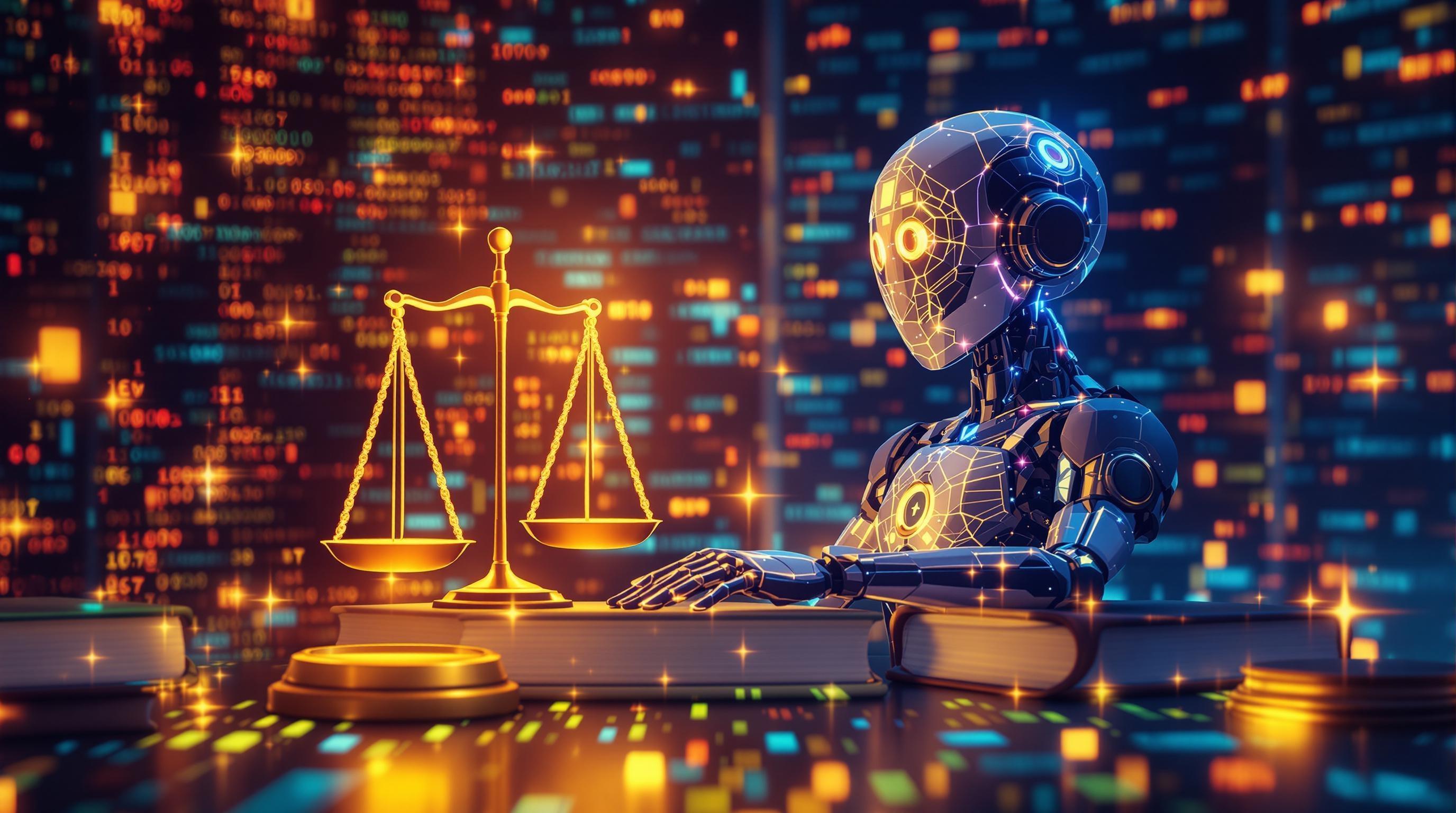
Why the Philosophy of AI Matters More Than Ever
In an era dominated by rapid technological advancements, the philosophical underpinnings of AI are no longer abstract musings but critical determinants of our future. Why does the philosophy of AI matter now more than ever? Because it directly shapes the technology that's reshaping our world. We must turn to our best learning resources like the AI Explorer page to understand these philosophical underpinnings. Let's delve into why these philosophical debates are increasingly relevant.
The Rising Tide of Philosophical Debates in AI
The philosophical questions surrounding AI have surged from academic circles into mainstream discussions. As AI systems become more sophisticated, the ethical, social, and existential implications demand careful consideration. Think about the trolley problem, a classic ethical dilemma: if an autonomous vehicle faces an unavoidable accident, should it prioritize the safety of its passengers or pedestrians? These aren't just thought experiments; they're real-world scenarios that AI developers and policymakers must confront. The increasing sophistication of AI tools such as ChatGPT, a powerful language model, highlights the need for ethical guidelines. These discussions are crucial for ensuring that AI systems align with human values and societal norms.
Algorithmic Fairness and Public Discourse on AI's Future
One of the most pressing issues is algorithmic fairness. AI systems are trained on data, and if that data reflects existing biases, the AI will perpetuate and even amplify those biases. For instance, facial recognition software has been shown to be less accurate for people of color, leading to potential misidentification and unjust outcomes. Addressing these biases requires not just technical solutions but also a deep understanding of justice, equality, and fairness – all core philosophical concepts. Public discourse is vital, driving awareness and demanding accountability from tech companies and governments. For example, the development of tools like DeepSeek, known for its efficiency and innovative architecture, requires careful consideration of its potential impact on society.
The Impact of Philosophical Foundations on Policy and Design: The Impact of AI Philosophy on Policy
The philosophical foundations of AI directly influence policy and design. Governments worldwide are grappling with how to regulate AI, from data privacy to autonomous weapons. These policies need to be grounded in ethical principles and a clear understanding of AI's potential impact on society. Similarly, the design of AI systems should incorporate ethical considerations from the outset. This means embedding values like transparency, accountability, and fairness into the very architecture of AI. Consider the AI news surrounding the EU AI Act, a landmark piece of legislation aimed at regulating AI to ensure safety and ethical practices.
Understanding Intelligence, Consciousness, and Ethics in Shaping Our Future
At its heart, AI philosophy grapples with fundamental questions about intelligence, consciousness, and ethics. What does it mean for a machine to be intelligent? Can a machine be conscious? And if so, what rights and responsibilities do we owe it? These questions are not just academic exercises; they have profound implications for how we interact with AI and how we design our future. As AI continues to evolve, our understanding of these concepts will shape the trajectory of technological development and its impact on humanity. We must address the importance of AI ethics today if we plan to have AI that benefits society as a whole.
As AI becomes more integrated into our lives, the importance of philosophical inquiry cannot be overstated. It's the compass guiding us toward a future where technology serves humanity's best interests.
In conclusion, the philosophy of AI is no longer a niche field; it's a critical discipline that shapes the development, deployment, and regulation of AI. By engaging in these philosophical debates, we can ensure that AI is a force for good, aligned with our values, and contributing to a more just and equitable world. This understanding paves the way for discussing specific ethical frameworks and principles in AI development, which will be the focus of our next section.
Keywords: AI Philosophy, Artificial Intelligence, Turing Test, AGI (Artificial General Intelligence), Machine Consciousness, AI Ethics, Symbolic AI, Subsymbolic AI, Neuro-symbolic AI, Narrow AI, AI Rights, Philosophy of Mind, Computational Intelligence, AI bias, Algorithmic fairness
Hashtags: #AIPhilosophy #ArtificialIntelligence #EthicsInAI #MachineLearning #AGI
For more AI insights and tool reviews, visit our website https://best-ai-tools.org, and follow us on our social media channels!
Website: https://best-ai-tools.org
X (Twitter): https://x.com/bitautor36935
Instagram: https://www.instagram.com/bestaitoolsorg
Telegram: https://t.me/BestAIToolsCommunity
Medium: https://medium.com/@bitautor.de
Spotify: https://creators.spotify.com/pod/profile/bestaitools
Facebook: https://www.facebook.com/profile.php?id=61577063078524
YouTube: https://www.youtube.com/@BitAutor
Recommended AI tools
AI Undresser
Image Generation
Uncover the hidden truth
Credo AI
Data Analytics
The trusted leader in AI governance
Islam & AI
Conversational AI
Bridging Islam and Artificial Intelligence
Responsible AI Institute
Conversational AI
Empowering Ethical AI
